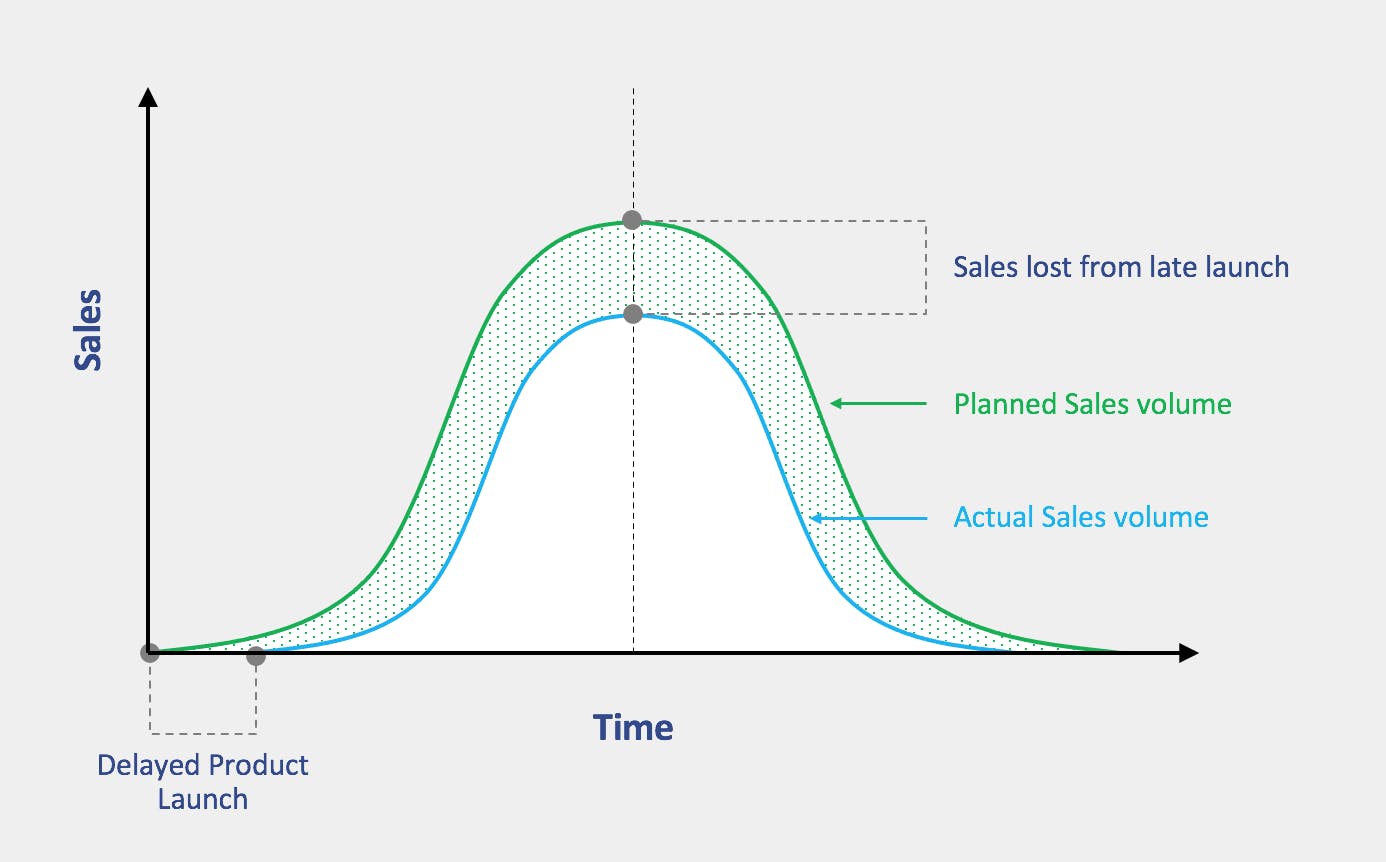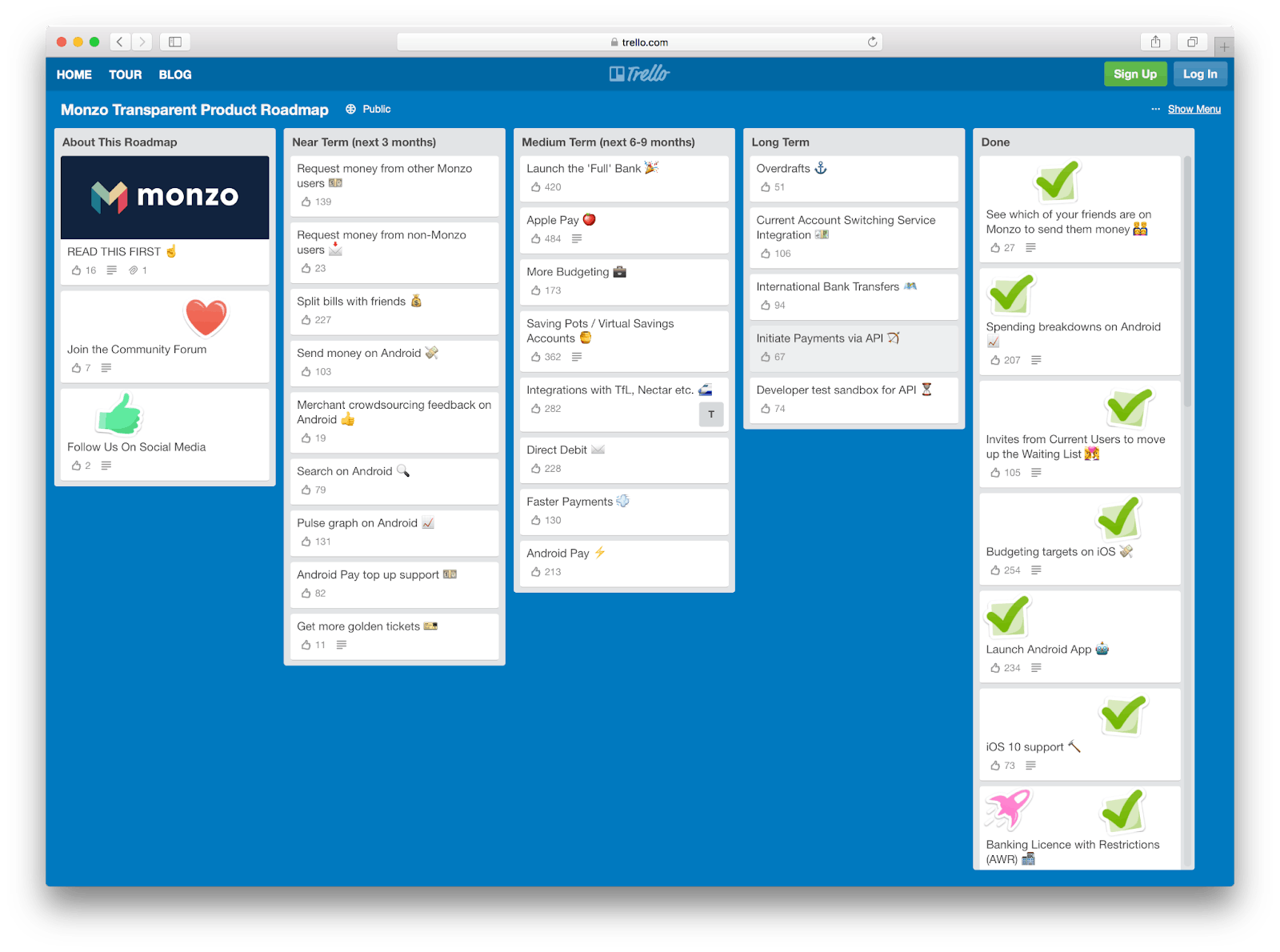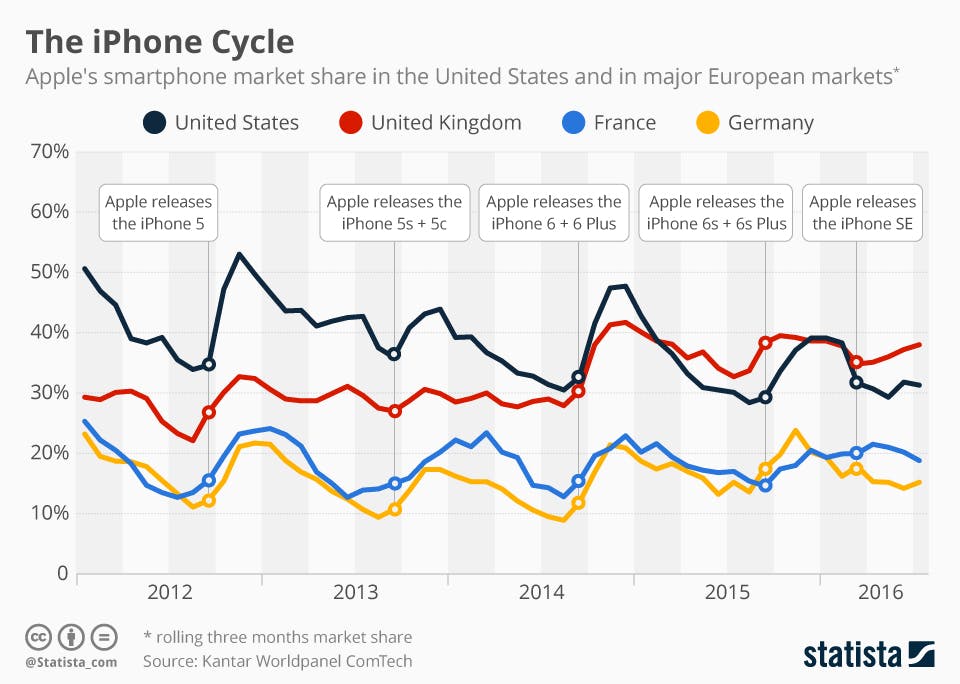Time to market: how to measure and improve it
Sep 20th, 2022

Contents
What is the time to market?
How to measure time to market?
How to improve time to market?
Examples of time to market for various industries
Nowadays, intense competition and new technologies cause significant changes in the market. To achieve success, businesses should adapt to these changes. In addition, consumers expect that the latest products and services will be available right away, so companies strive to be the first to launch the product and meet customer expectations.
In the article by Charles H. House and Raymond L. Price, which refers to a study conducted by McKinsey & Company, the authors indicate that businesses lose an average of 33% of their earnings when products are launched with six months delay. In contrast, companies face 3.5% losses when they spend more than 50% on product development. Therefore, companies are becoming more aware that product development time has a larger impact on a product’s success than expenses.

The speed at which companies can release new offerings is critical for developing a competitive advantage. Fast time to market is a key differentiator for many companies as they can attract early adopters and achieve better positioning in the market. Thus, many innovation-driven businesses strive to reduce the product development cycle. In addition, a short time to market enables the successful implementation of new technologies. The other advantages of faster time to market for new entrants are higher market share, greater revenue, and the ability to bring the products to market ahead of customer expectations.
What is the time to market?
Time to market (TTM) is a period between developing a product’s concept and its availability for sale. The process covers the generation of the idea, the entire design cycle, production, release to market, first purchases by the customers, and analysis of failures and successes. The term applies either to newly introduced products or services or to improved features of already existing products. The concept of time to market can also refer to the interval of time needed for a new marketing initiative or business process to launch.
In some cases, we can use the term ‘speed to market’ to describe the concept. However, time to market is not necessarily about the fastest speed at which a company can bring a product to market. The perfect time to release a product is not as soon as possible, even though this is often the case with cutting-edge offerings. `Launching a product at the right time takes resilience, quick learning, and adaptation. Furthermore, a product is more likely to fail if a short time to market is achieved at the cost of thorough market research, design quality, and increased production volume. The secret is to shorten the time to market by optimizing and automating the product development process rather than forcing it.
Why is time to market important?
It increases market share. The optimal time to market allows companies to grow potential market share and tackle existing barriers to entry more easily. While your competitors are still developing their offerings, you can provide your customers with an excellent solution to their issues. If consumers do not have other options available, they will buy a product from your company.
It provides a competitive advantage. Your business may become the industry leader if you are the first to market a particular product or service. A first-mover advantage results in building brand awareness and customer loyalty before rival companies launch comparable products.
It reduces R&D costs. The faster the product can reach the market, the less money you will spend on production, leading to greater profitability. Moreover, your product will start generating a return on investment as soon as it is available for purchase.
It raises customer satisfaction. The main goal of any business is to find practical solutions for current consumer problems. If you manage to reduce the time to market, you will be able to satisfy customer requirements faster than any other company. It becomes a tremendous competitive advantage even if your product has minor flaws compared to industry rivals.
Taking into account the reasons listed above, we can conclude that time to market is one of the crucial factors that affect your go-to-market strategy success. Now we will discuss how to measure time to market and determine start and end points in the development period.
How to measure time to market?
There is no specific method to calculate time to market since it depends on the particular business, product, and team. The measurement period can start from the formulation of the idea, approval for the development, complete funding, or once the designated team begins its work. The final date can be the day when the engineering team sends over the final production design, when a client first purchases the product or when the company reaches a certain production volume. You can determine the beginning date and end date by analyzing the relevant information within your industry. It allows you to compare your metrics with the competitors’ ones.
When you analyze the time to market of different teams or companies, you should account for the scope of the project, the amount of risk, and the degree of innovation that differentiates your product from the competitors’ offerings. Your measurements will not be accurate unless you understand the risk required by the two or more projects you compare. Moreover, the criteria for measuring TTM depend on the product’s design, the technologies utilized to create it, and human resources management.
John Carter, author of the book ‘Innovate Products Faster’ recommends the following approach to calculating time to market. The start date is when you have made the initial decision, reduced the principal risks, and gathered a team. The end date is when you have created MVP, sold the first version of the product, or launched the offering. In addition, you can pay attention to the beginning of the design process, the approval of the concept, the end of the development stage, and the start of production.
Regardless of the criteria you choose to measure TTM, you must apply it consistently for all product releases to get accurate results. That way, you will be able to analyze your business performance later.
How to improve time to market?
Now there is no doubt that time to market is a crucial metric that impacts the overall success of your company. So let us discover the strategies to reduce TTM and improve the development process.
Optimize the workflows
The first step toward reducing time to market is to analyze the workflows and eliminate inefficient processes, unproductive meetings, and other time-wasting procedures. Gather the key stakeholders to determine the areas for improvement and recurring issues. Once you clearly understand the steps you can skip, possible delays, and bottlenecks, you can focus on developing a more systematic strategy for your team. Make sure that all team members are aware of what is expected from them at each stage of the process. Create a system to track how much time the team wastes on unnecessary activities.
Set realistic goals and KPIs
Establishing attainable goals and key performance indicators for your team will help you motivate the employees and monitor the short-term and long-term results. Stick to the SMART goal-setting method and set more specific and achievable objectives. Then separate your main goal into several monthly or weekly subgoals. If you manage to break the project into small segments, you will keep people inspired and provide a clear picture of the progress.
Create an efficient tracking system to monitor the weekly productivity of each team. To encourage your employees to pursue more complicated goals, analyze and refine the objectives after each product launch.
Make detailed product roadmaps
To reduce time to market and increase the planning accuracy, you need to create a clear roadmap for your product. With this plan, you will be able to improve the visibility of the entire workflow and highlight the most crucial tasks. Besides that, the product roadmap lets you track various project-related tasks, their duration, and current progress.
You can develop a roadmap using specific platforms, like Trello and Jira. The product roadmap should contain expenses, deadlines, and required resources. Analyze the roadmaps to find similarities between different procedures and work on improving the plans with each product launch.

Implement automation
Automation enables you to streamline the parts of your workflow, increase the efficiency of the product development process, and allow your team to concentrate their efforts on more important duties. Besides that, eliminating manual tasks in favor of automated ones helps decrease human error. Also, you can automate some operations to improve communication between various teams. Your employees can receive notifications about what is happening within the process and immediately take action to resolve emerging issues.
Get in touch with each member of your team individually to determine which activities are the prime choices for automation. They will provide a complete picture of how long it takes to complete various tasks and help you identify obstacles and potential growth areas.
Take advantage of outsourcing
Outsourcing some of your project tasks to professionals can shorten your time to market. Besides saving time, outsourcing provides significant cost savings and allows your team to focus on the main objectives. Thus, you will have a dedicated team of specialists who will stick to deadlines and enable your company to work on multiple tasks simultaneously. Furthermore, the professionals can provide specialized expertise in the most pressing areas.
Provide access to information
The information generated by various teams should be transparent and available to people working on the same project. Focus on finding a solution that allows you to integrate all technologies and systems used within the product development process. Build information hubs to store data in one place. Repurpose your content, create visual materials, and ensure that the knowledge base contains the most recent data. It guarantees that the materials are accessible to everybody in your team and eliminates delays in the product development process.

Facilitate cross-functional communication
A successful product launch greatly depends on communication between different departments. Set the goal to provide updates on the project on a weekly basis in the form of scheduled weekly meetings or morning messages in Slack. Encourage diverse teams to interact to provide everyone the opportunity to see the big picture and work toward a final objective. Involve a skilled project manager to keep everyone informed and facilitate seamless communication. In addition, the project manager will be responsible for scheduling the meetings, setting deadlines, tracking the team’s progress, and sticking to the budget.
Finally, reducing time to market requires flexibility and adaptation to circumstances to be able to react to sudden challenges. Your company should be ready to adjust to changes in the market, regulations, and consumer demand. If you fail to adapt to these challenges, you can miss the first-mover advantage and delay the product release date.
Examples of time to market for various industries
Let us move from theory to practice and consider examples of how long it might take to bring the product to market, depending on the industry.
Digital products. The time to market for software might range from six months to five years. The main factor influencing TTM in this industry is the product’s complexity. For example, it took about ten months for Airbnb to release the initial version of the product.
Smartphones. TTM for smartphones typically takes from one to three years. So, while most manufacturers release new phones and operating system updates every year, some features might be in development for longer than one release cycle.

Automotive industry. The time to market for car manufacturing is usually from three to five years. For example, it took four years for Tesla to launch the Model S. The vehicle was officially unveiled in 2008, and customers received the first models in 2012.
Energy sector. The TTM indicator for this sector is around seven years. However, for some products, it can reach up to twenty years.
Pharmaceutical industry. The time to market for this field normally ranges from nine to twenty years. The COVID-19 vaccine by Pfizer was developed in nine months, becoming an exception to the rule due to intense pressure from the global community.
Aerospace and defense sector. TTM for the sector can range from three to twenty years. In 2017, JetBlue Technology Ventures and Boeing announced the launch of electric aircraft, which is scheduled for 2030.
Time to market is a critical metric that companies should assess when developing a product or service. It can significantly affect revenue, help you find a product-market fit faster, provide a competitive advantage for your business and improve customer satisfaction. We have listed the ways you can use to reduce the time to market. If you combine these strategies with adaptability and willingness to change, you will be able to increase your team’s efficiency and achieve success.
